PROTECT YOUR DNA WITH QUANTUM TECHNOLOGY
Orgo-Life the new way to the future Advertising by AdpathwayWhen it comes to extolling the virtues of maple trees, you don’t have to reach far to come up with a list of qualities. These beloved symbols of beauty and resilience are consistently among the most popular for landscapes across the country. Their delicate leaves and flowers bring a graceful texture to spring, and their dense canopies provide shade in summer.
As autumn arrives, there is no denying that maples are one of the most flamboyant fall foliage plants around. They even strike attractive and graceful silhouettes in the winter landscape. Simply put, they are fabulous trees, and everyone should have one.
Maples have both ornamental and ecological virtues. They’re adaptable and provide habitat for birds and small mammals. When it comes to finding the right variety, there are many choices. If you’re looking for big fall color, ‘Autumn Blaze®’ maple might be the one for you!
Urban Worm Company Worm Castings

Urban Worm Company Worm Castings

Espoma Bio-tone Starter Plus Organic Plant Food

Espoma Bio-tone Starter Plus Organic Plant Food (4 lbs.)
‘Autumn Blaze®’ Maple Overview
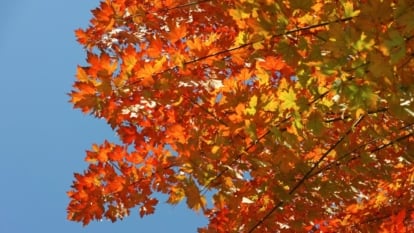
|
Plant Type Deciduous Tree Family Aceraceae Genus Acer Species x freemanii |
Native Area North America Exposure Full sun to partial shade Height Up to 70’ Watering Requirements Moderate |
Pests & Diseases Aphids, scales, borers, Verticillium wilt, anthracnose Maintenance Moderate Soil Type Well-draining, slightly acidic Hardiness Zone 3-8 |
What Is It?
‘Autumn Blaze®’ is a lovely hybrid variety of maple that has plenty of wonderful and desirable traits. This fast-growing cultivar has a reputation for incredible fall color, beautiful, strong branching, and a strong and adaptable nature.
One parent is a red maple, which offers excellent fall color and graceful form. The other is a silver maple, which is a fast grower and an all-around tough species.
Characteristics
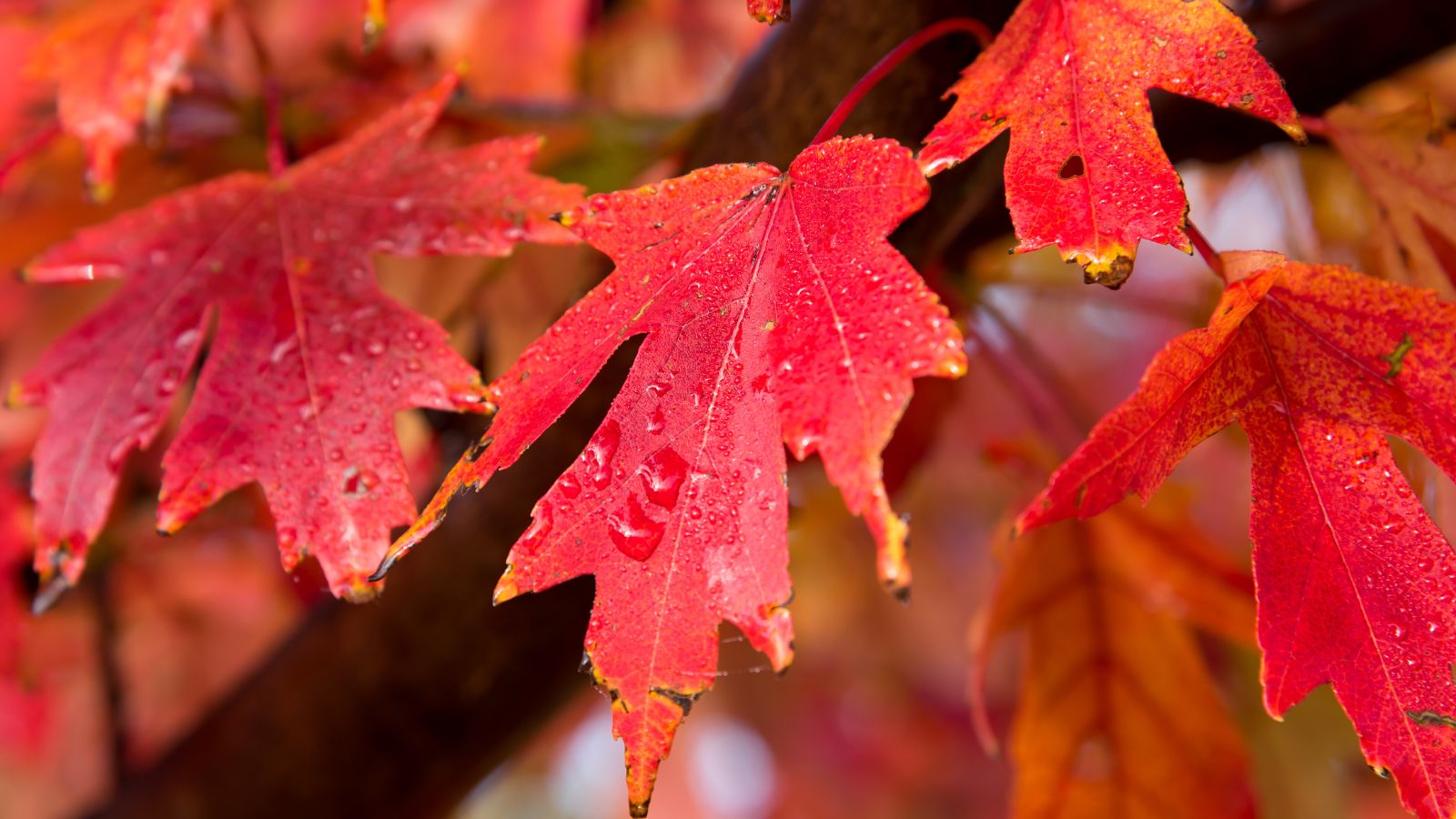 This cultivar matures in 10 to 15 years, reaching impressive heights.
This cultivar matures in 10 to 15 years, reaching impressive heights. As maples go, this one is mid-sized, although it’s still a sizeable cultivar. It reaches a maturity of about 70 feet and gets there quickly. It matures in as few as 10 to 15 years. Under optimal conditions, it can grow three to five feet per year!
‘Autumn Blaze®’ maple grows into a well-balanced, oval to rounded crown and has an upright, symmetrical habit. It has a sturdy central leader, which gives it an elegant and substantial silhouette in the landscape.
The leaves are five-lobed and medium to dark green in the summer. It’s one of the first trees to color up in the fall, turning intense reddish-orange. It also holds onto its foliage longer than many, so it’s truly an exceptional cultivar if autumn beauty is what you want.
Native Area
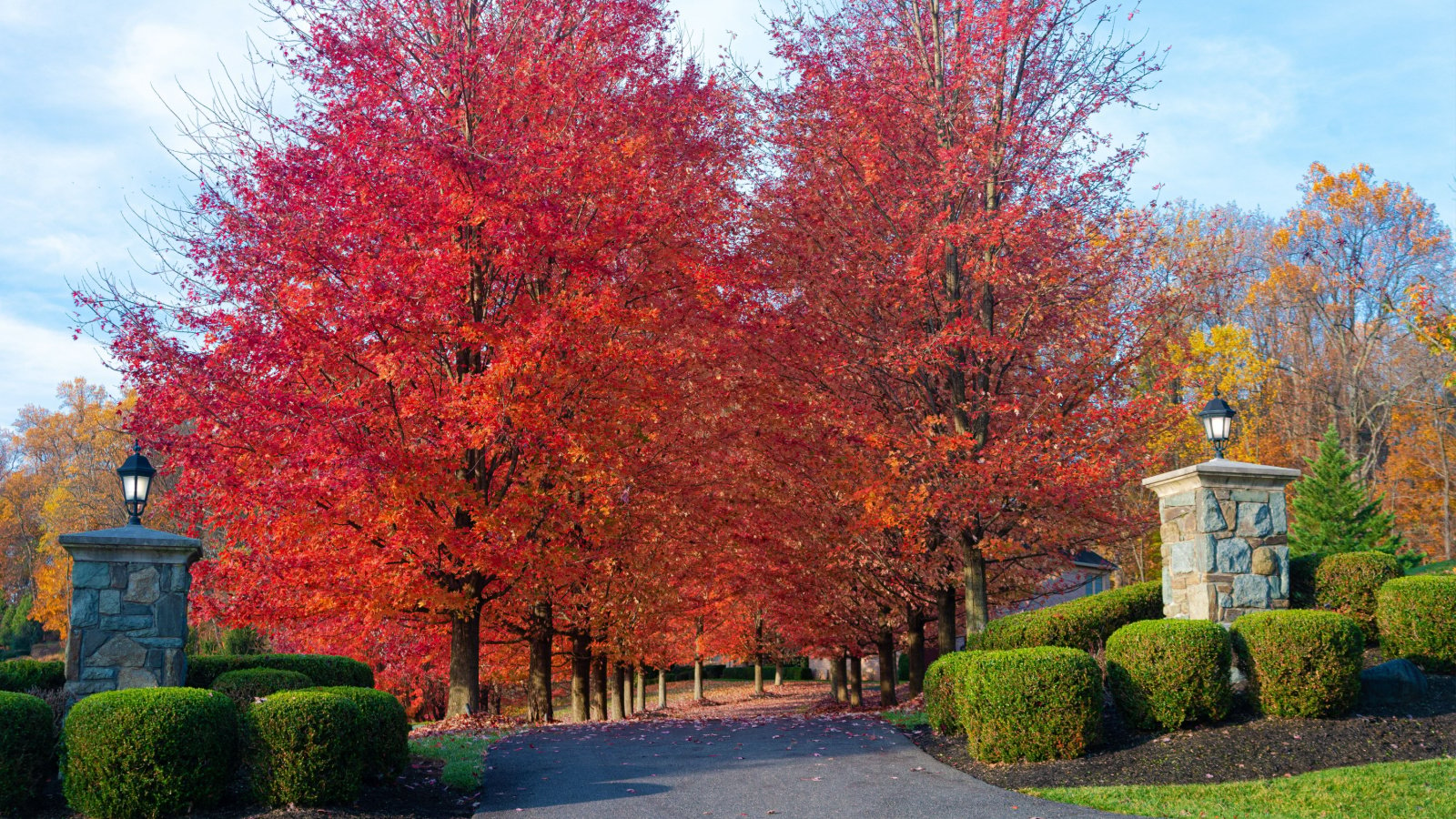 The parent species are both native to North America.
The parent species are both native to North America.‘Autumn Blaze®’ maple is a hybrid, and therefore, it has no native range. However, the two parent trees, red and silver maples, are both native to North America.
The red maple is known for its versatility and ability to thrive in a wide range of conditions. The silver maple likes moist soil and often grows on riverbanks. It’s a rapid grower and versatile as well.
Planting
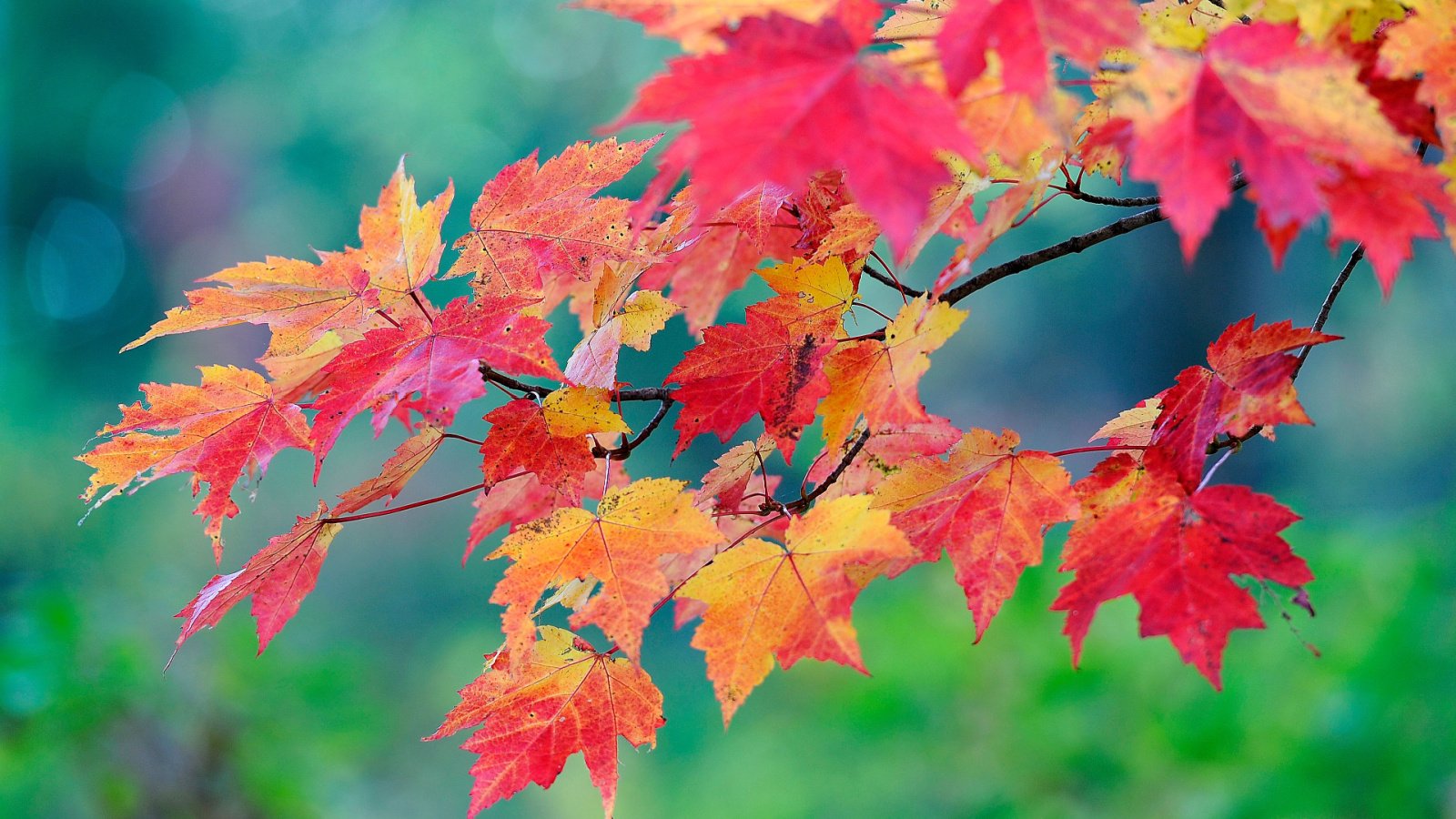 Plant in early fall before frost, or in spring when conditions are mild.
Plant in early fall before frost, or in spring when conditions are mild. The ideal times to plant a maple tree are in early spring or early fall. This gives it the chance to establish roots while the weather is temperate, minimizing stress. Cooler, moister soil in the fall is ideal, especially in warmer climates. This sets it up for a robust spring and new year.
Transplanting
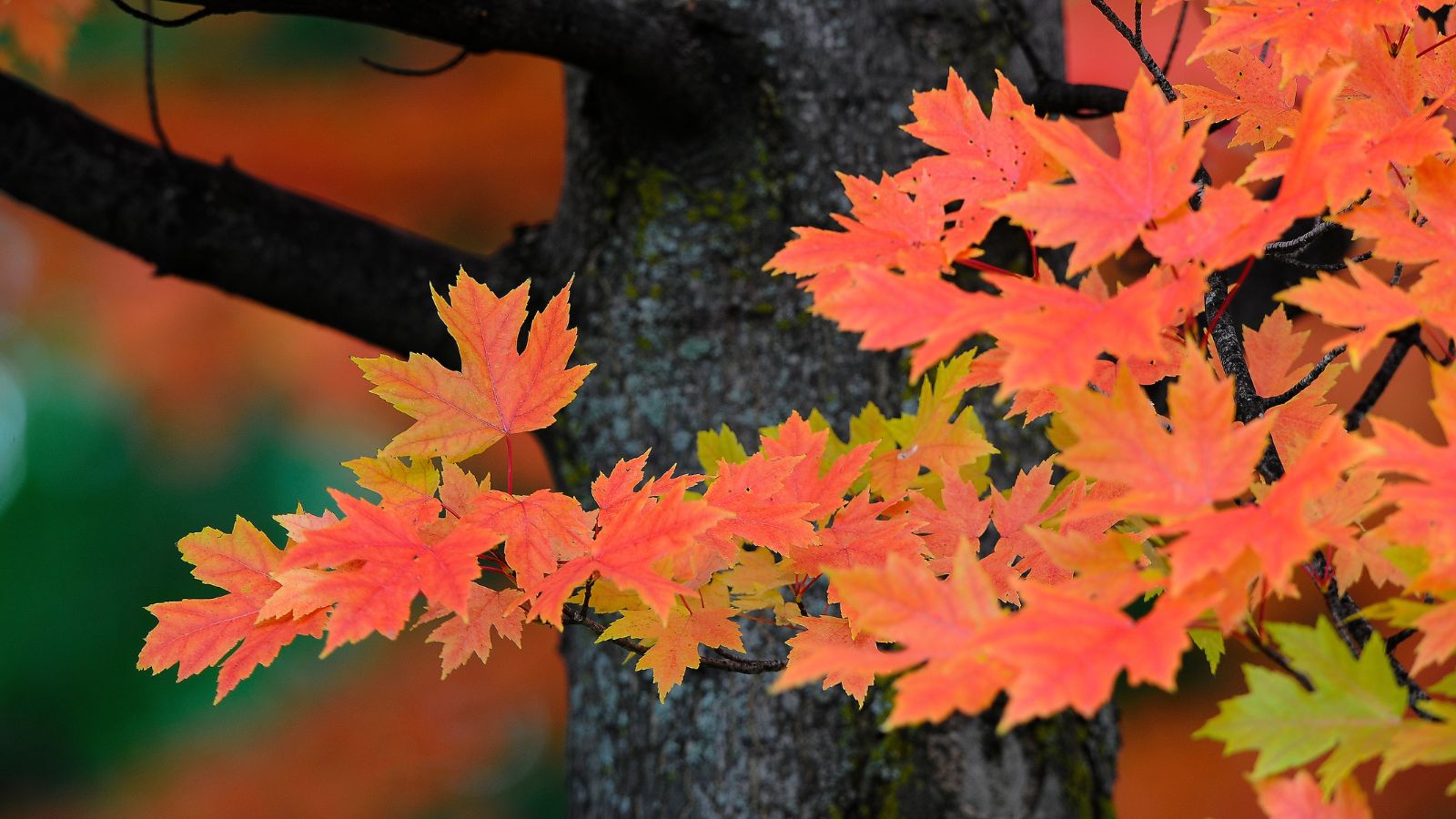 Don’t bury the trunk too deeply when transplanting.
Don’t bury the trunk too deeply when transplanting. The day before you transplant, water your ‘Autumn Blaze®’ maple thoroughly. This helps to minimize stress and allows the tree to adapt faster to its environment. After selecting your site, dig a hole that is twice as wide and as deep as the root ball. The tree should sit at the same depth it grew previously, so don’t sink it down below the ground.
Fill the hole with water to thoroughly hydrate the soil, and mix in any amendments you need based on your soil composition. Position your tree in the hole and backfill around the root ball with native or amended soil. Water deeply to settle the soil, and apply a layer of mulch to help hold in the moisture.
Growing from Seed
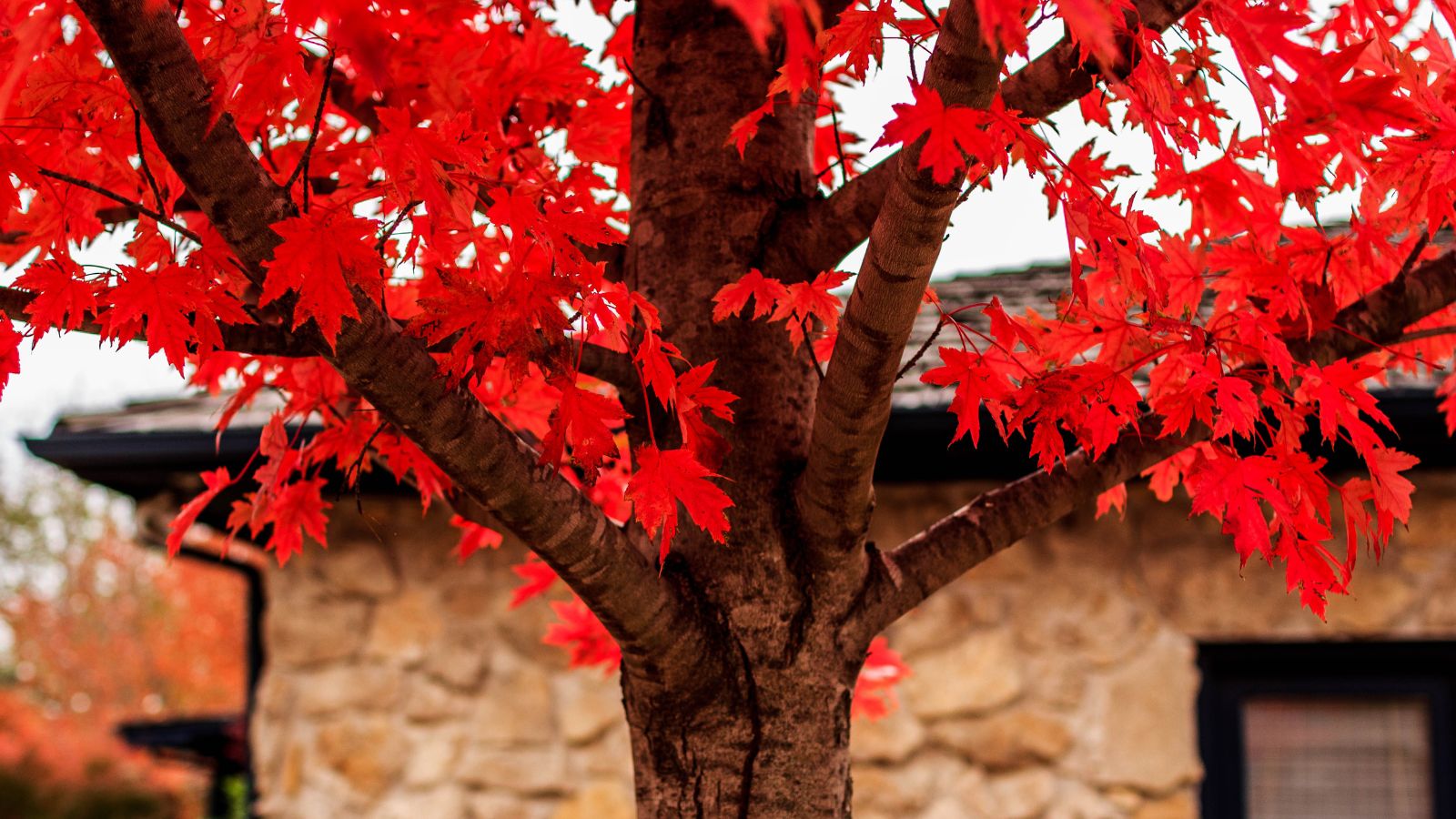 It’s better to propagate new trees from cuttings or layering.
It’s better to propagate new trees from cuttings or layering. You certainly can grow a maple tree from seeds. However, with a named cultivar, it’s unlikely to breed true, and it’s prohibited by copyright law. For this reason, it’s typically not the chosen method. Most gardeners propagate maples by grafting, layering, and greenwood cuttings.

How to Grow
‘Autumn Blaze®’ maple is typically easy to grow and care for. It’s relatively low-maintenance and adaptable, as well as being a vigorous grower. It tolerates a wide range of conditions and is pollution-tolerant, so it’s great for urban areas. While it will require some care in the beginning, once established, it truly is an easy-going tree.
Light
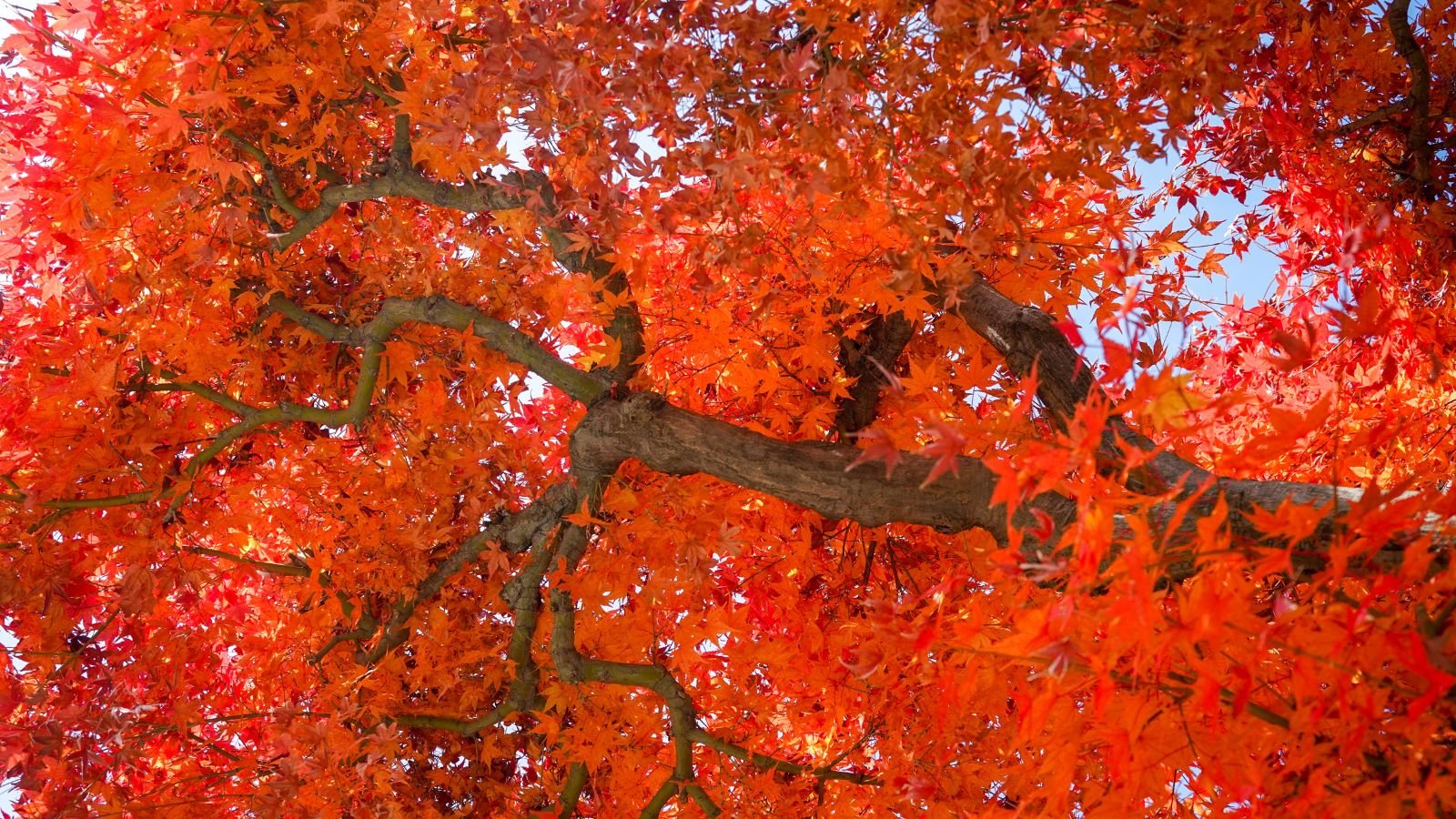 Full sun brings out the best color in the foliage.
Full sun brings out the best color in the foliage. Like most maples, full sun is optimal for this variety, except in warmer climates. In the South, afternoon shade is preferable and will help reduce the risk of leaf scorch.
Don’t fret if your newly planted tree gets a bit of extra shade. It won’t hurt. As a mature tree, more sun means more color intensity and faster growth.
For the best display of fall foliage and a lush, dense canopy, aim for at least six hours of sun daily. In warm climates, if that sun happens early in the day, all the better. Afternoon is the best time for shade.
Water
 Young trees need frequent watering to establish well.
Young trees need frequent watering to establish well. Moderate and consistent are the words best associated with watering your ‘Autumn Blaze®’ maple tree. This is especially important in its early years. Young trees need water once or twice a week, depending on rainfall. Make sure to water deeply, soaking the soil to a depth of 12 to 18 inches. This encourages deep root growth.
If you have sandy or fast-draining soil, you may need to water more often until your tree sets down sturdy roots. Once established, your tree will be fairly drought-tolerant. Silver maples typically are. It will perform best with some supplemental watering during extended dry periods. It’s best to keep the soil lightly moist, but never soggy.
Soil
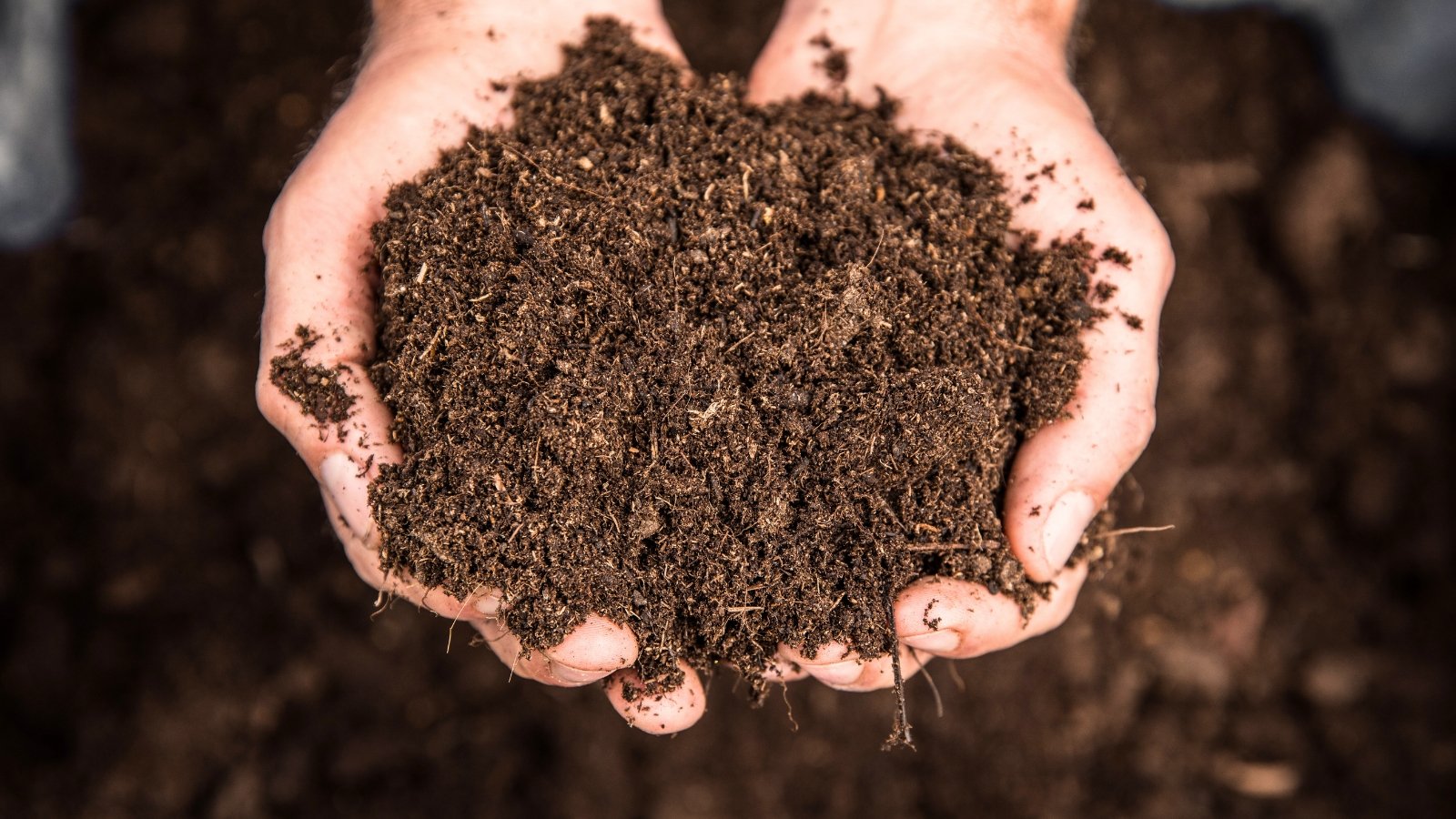 Maple trees love soil that is slightly acidic.
Maple trees love soil that is slightly acidic. ‘Autumn Blaze®’ prefers soil that is moist, well-draining, and slightly acidic. However, it’s known for its resilience and adaptability. Ideally, a loamy soil enriched with plenty of organic material is the right recipe for rapid growth.
Consistent soil moisture is important to this maple tree, and most others. Soil that is rich in organic materials will have this quality and also be full of nutrients. Organic material will also lower the pH of your soil a bit, which is great for acid-loving maples.
Temperature and Humidity
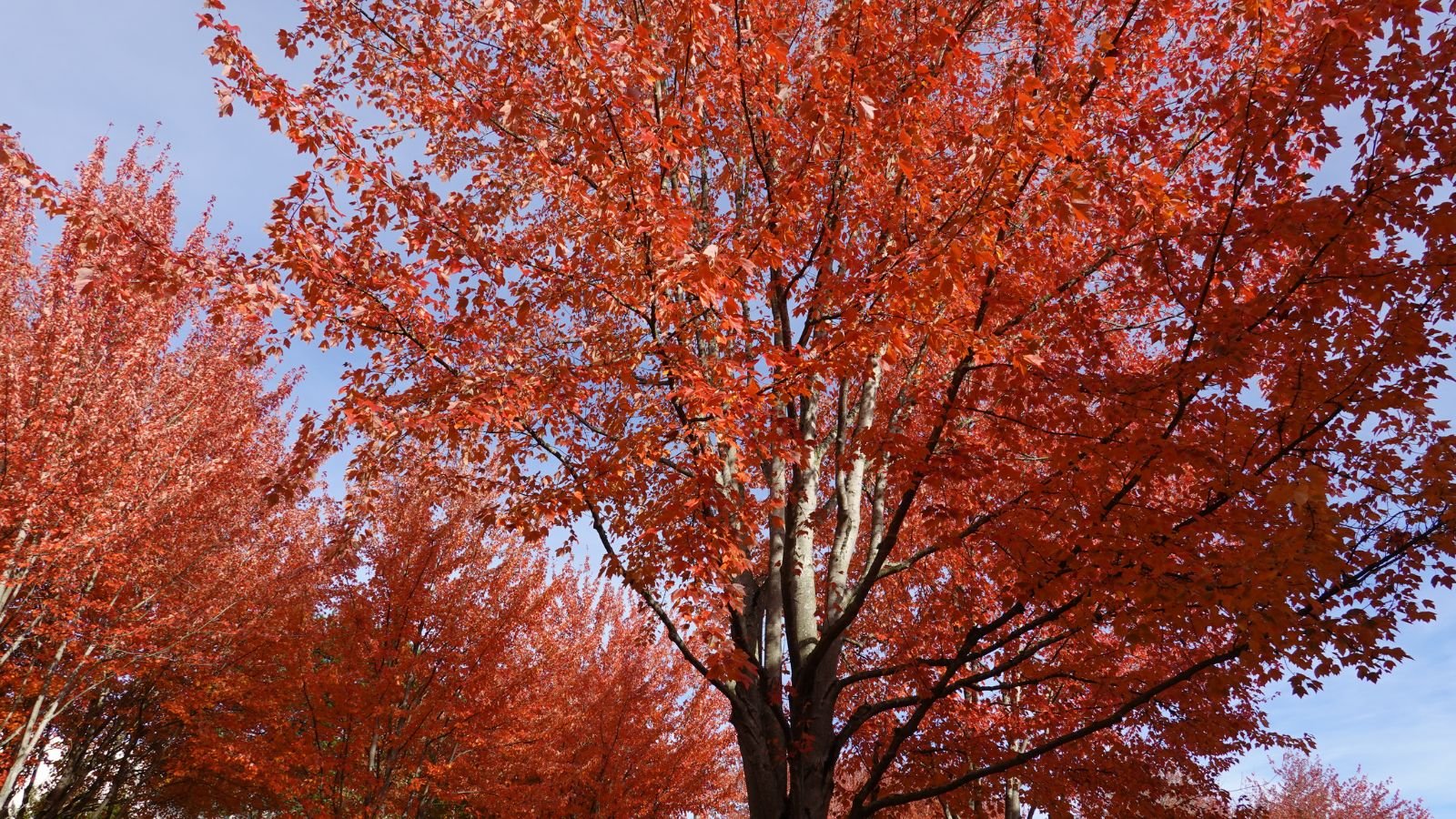 These trees can grow in warmer climates with frequent watering.
These trees can grow in warmer climates with frequent watering. This is a highly cold-tolerant maple, and it thrives in zones 3 to 8, so it’s adaptable to many different climates. The ideal growth range for ‘Autumn Blaze®’ is between 60 and 85°F (16-29°C). In warmer climates, you’ll need to water more often and make sure that the soil stays moist.
‘Autumn Blaze®’ tolerates temperatures as low as -30°F (-34°C)! It prefers moderate humidity, but also tolerates the higher humidity levels of the Southeast. High humidity is actually great in warmer places, as it helps the tree keep up with its moisture needs.
Fertilizing
 Feed annually in early spring with a balanced fertilizer.
Feed annually in early spring with a balanced fertilizer. Maple trees prefer a gentle approach to fertilization. They don’t need a ton of it as long as the soil is rich enough. Fertilize in the early spring, just as the buds swell, to help along the new growth. Use a slow-release, balanced formula, like a 10-10-10 ratio, or one slightly higher in nitrogen.
Aside from this, you shouldn’t need to do a lot of fertilizing. Top dressing your soil every year with compost and mulch will do most of the work of providing for ‘Autumn Blaze®.’ It will also improve overall soil health and texture.
Maintenance
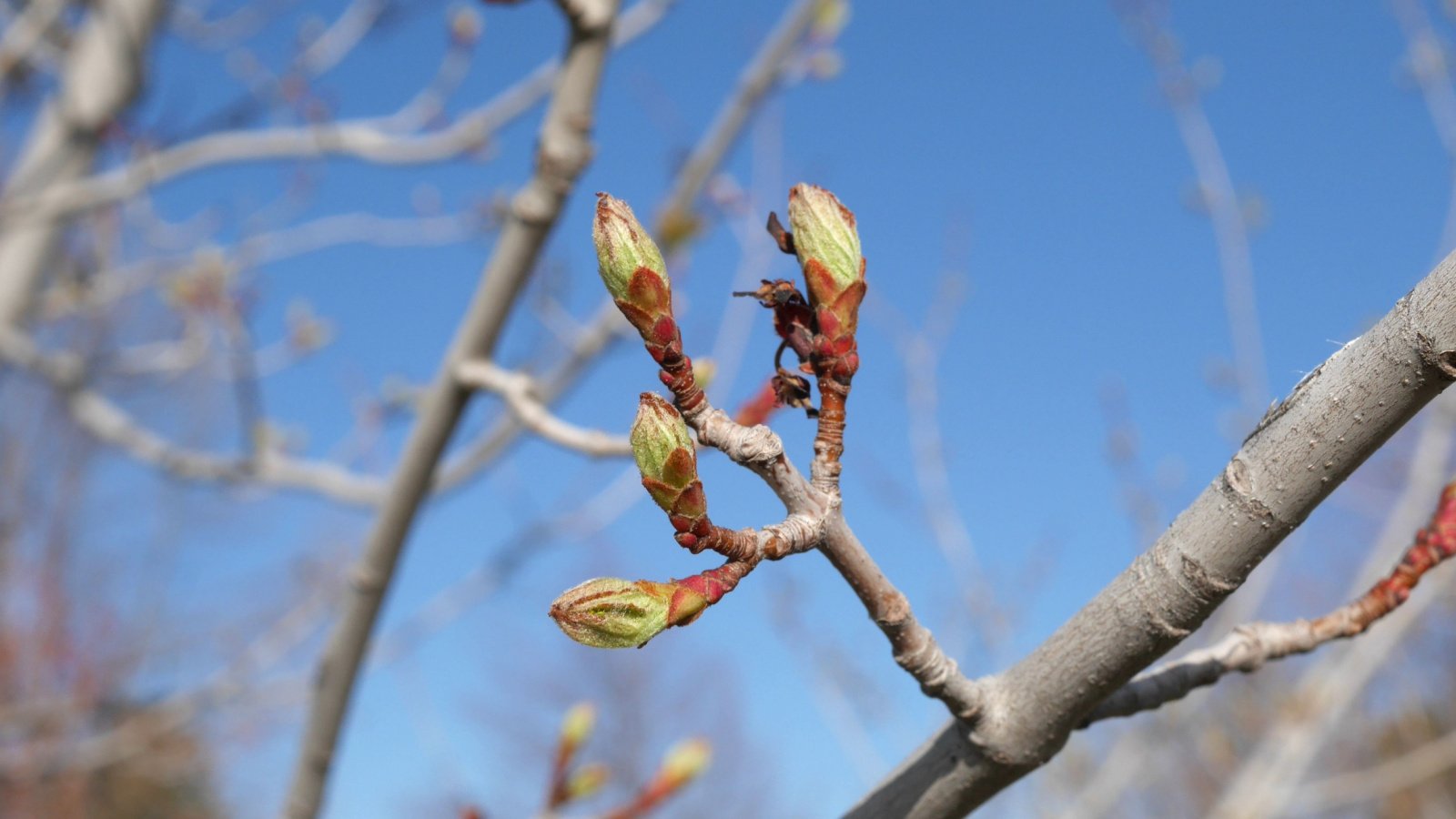 Prune the tree when it is young to shape growth.
Prune the tree when it is young to shape growth. ‘Autumn Blaze®’ maple, like most, benefits from some light pruning when it’s young. The goal in pruning this tree should be a strong, central leader and well-spaced branches. This tree grows quickly and forms a large, heavy canopy.
The best time to prune is in late winter, while you can see the structure of the branches clearly. This also minimizes sap bleeding and won’t stress the tree as it is dormant.
Focus first on removing dead and damaged branches anytime you prune. After that, remove any crossing branches that lean or rub against another branch. Thin out any crowded places so that air and sunshine can penetrate the canopy.
Maples grow into naturally beautiful forms with excellent symmetry. They only need a light pruning every few years as they get close to maturity. Allow the tree to dictate, and enjoy the naturally beautiful shape it grows into.
Propagation
Propagation from seeds is unreliable when you’re trying to grow a specific named cultivar, so we won’t spend time on that. There are three other methods to propagate this tree, and two are easy to carry out for any home gardener. Again, this is a patented cultivar, and propagation for selling is strictly prohibited. However, here are the methods for propagation.
Grafting
 Grafting requires a hardy rootstock.
Grafting requires a hardy rootstock. I’ll touch on this first, because it’s the most complicated and requires some gardening finesse. It also requires that you have access to a hardy rootstock.
The best time to graft is in late winter, before dormancy ends. To graft, cut a scion from the tree you want a clone of. Then attach it to a compatible rootstock, tape, and allow it to grow together.
Cuttings
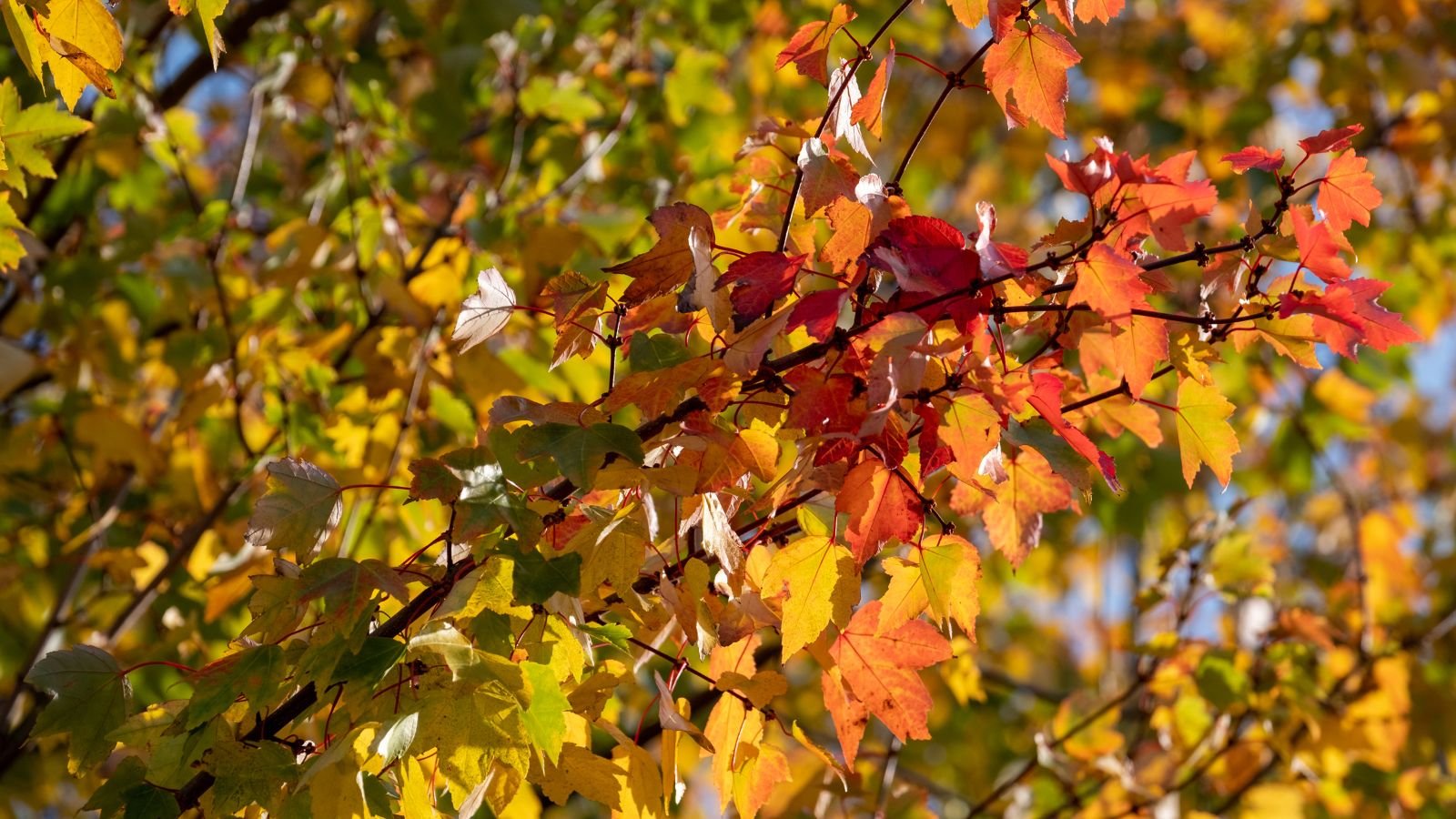 Cuttings take a while to root, but produce clones of the parent tree.
Cuttings take a while to root, but produce clones of the parent tree. Propagation by softwood cuttings is effective, but it’s a slow process. Cuttings are slow to root, so patience is imperative.
Take your cuttings in late spring from green wood. Cuttings of about four to six inches long work best. Dip the cut end into rooting hormone and insert it into potting mix. A combination of peat moss and perlite is just right.
Place your cutting in a warm, humid spot, out of direct sunlight. It needs bright light, but not direct sun. It can take up to three months for cuttings to root, so hold tight. You will know when it has roots by tugging lightly on the stem. If there are roots, it will be sturdy.
Air Layering
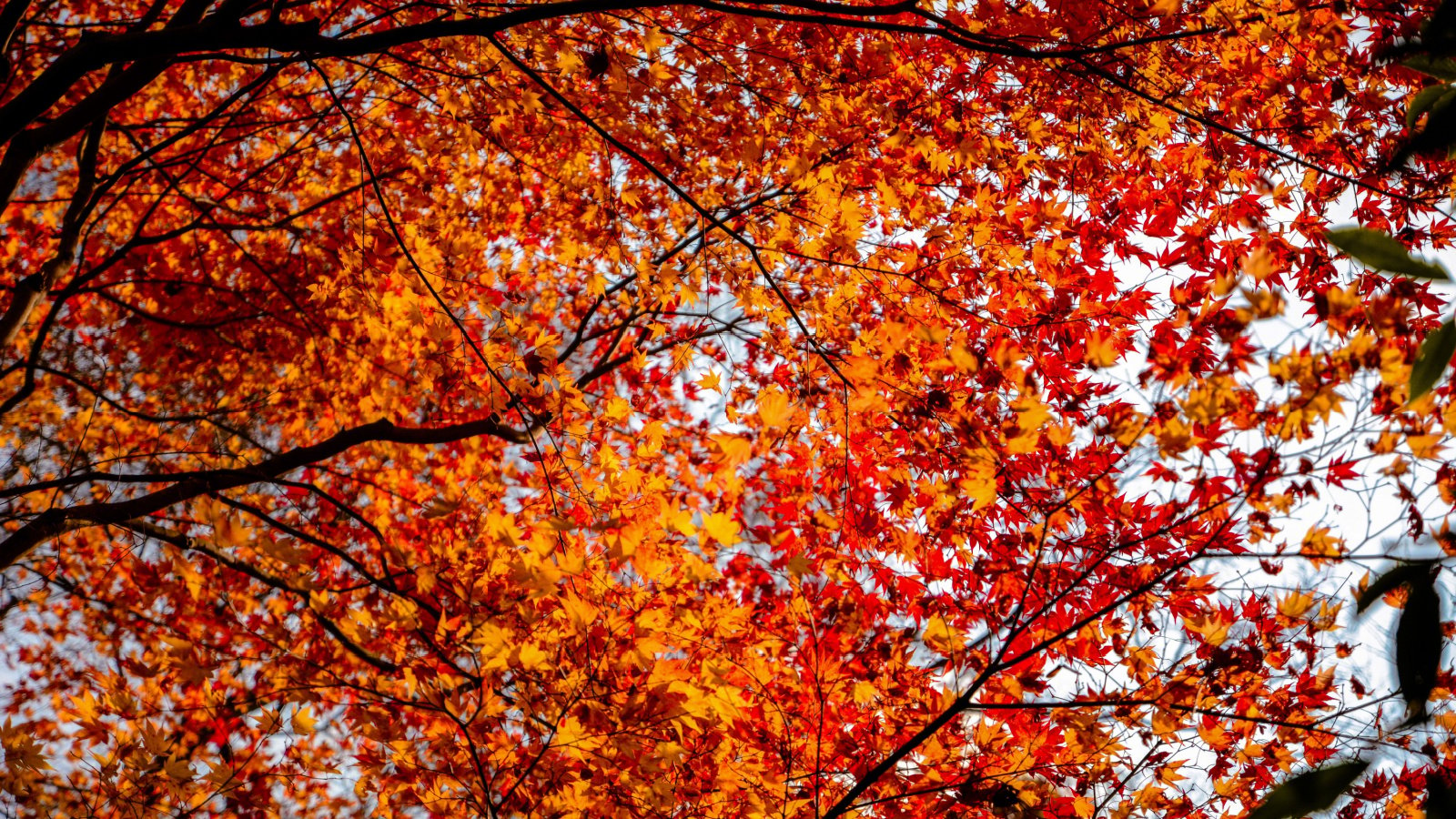 Choose a healthy branch about the thickness of a pencil for layering.
Choose a healthy branch about the thickness of a pencil for layering. Air layering is great for home gardeners. This method is simple and to the point, and it’s reliable in producing new trees. It consists of encouraging roots to grow around a branch while it’s still attached to the tree.
In late spring, choose a branch that looks like it would make a nice tree. One the width of a pencil is perfect. Then, remove a one-inch ring of bark about halfway down the branch, revealing the cambium.
Wrap the stripped portion of the branch with moist sphagnum moss and cover it with plastic. It will take two to three months to grow roots, at which time you can detach it from the parent. Then move it to a pot or plant it wherever you please!

Common Problems
‘Autumn Blaze®’ maple is a sturdy and tolerant tree. It truly has few issues to speak of. There are a handful of common pests that may pop up, and a couple of fungal diseases, but overall, it’s easy to grow.
Pests
 These trees don’t have many problems with pests.
These trees don’t have many problems with pests. This low-maintenance tree tends to be pest-resistant. If stressed by drought or other factors, it can become more vulnerable. Aphids, of course, are always a possibility. They suck the sap from your tree and leave behind a sticky excrement where mold can grow.
Scale insects are less common, but possible. These small, hard-shelled insects are also sap suckers, so they come with the same set of issues. Borers can be an issue for weaker trees, but usually are not a problem for a healthy specimen.
You can naturally keep pest numbers down by encouraging beneficial, predatory insects. Neem oil is a good way to handle a more advanced infestation, and dormant oil works well over the winter.
Diseases
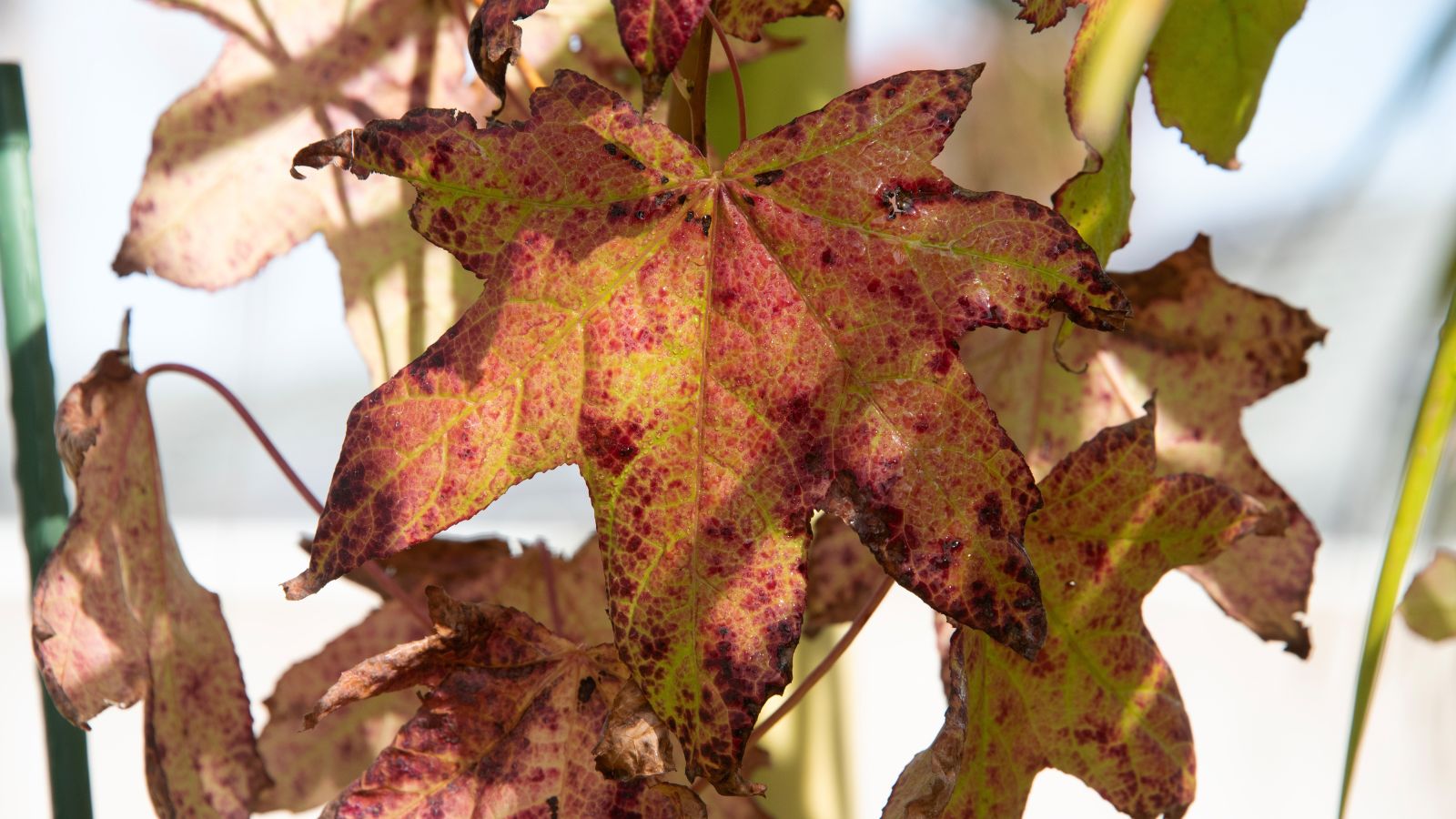 Look out for fungal diseases like anthracnose.
Look out for fungal diseases like anthracnose. Verticillium wilt is the most serious disease to worry about with an ‘Autumn Blaze®’ maple. This soil-borne fungus has no chemical cure, and all you can really do is try to control the damage. Prune out damaged branches, improve drainage, and fertilize lightly. A healthy tree may recover. Consult an arborist to handle large trees.
Anthracnose, also called leaf blight, is another fungal disease that can affect these trees. It causes irregular patches of brown or tan on leaves and often causes premature leaf drop. Remove and destroy any infected foliage, and apply a fungicide indicated for this disease in early spring.
Frequently Asked Questions
Other acid-loving plants make excellent neighbors. Camellias add an additional season of interest when planted together.
Yes, maple trees are non-toxic to pets and people.
This is a highly cold-tolerant tree and needs little consideration once mature. As a young tree, top dress with compost and then mulch to protect the roots.


 14 hours ago
7
14 hours ago
7
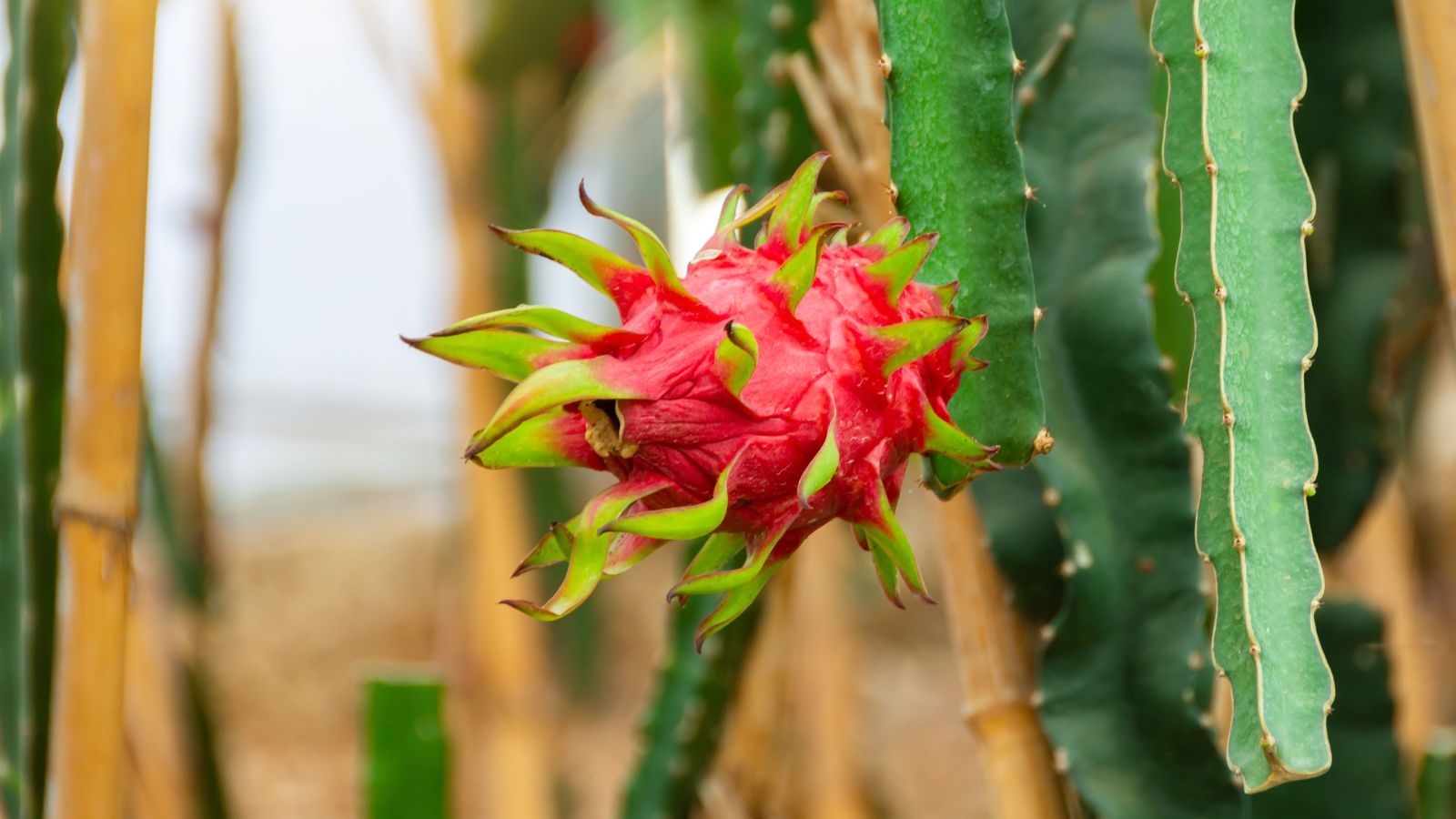
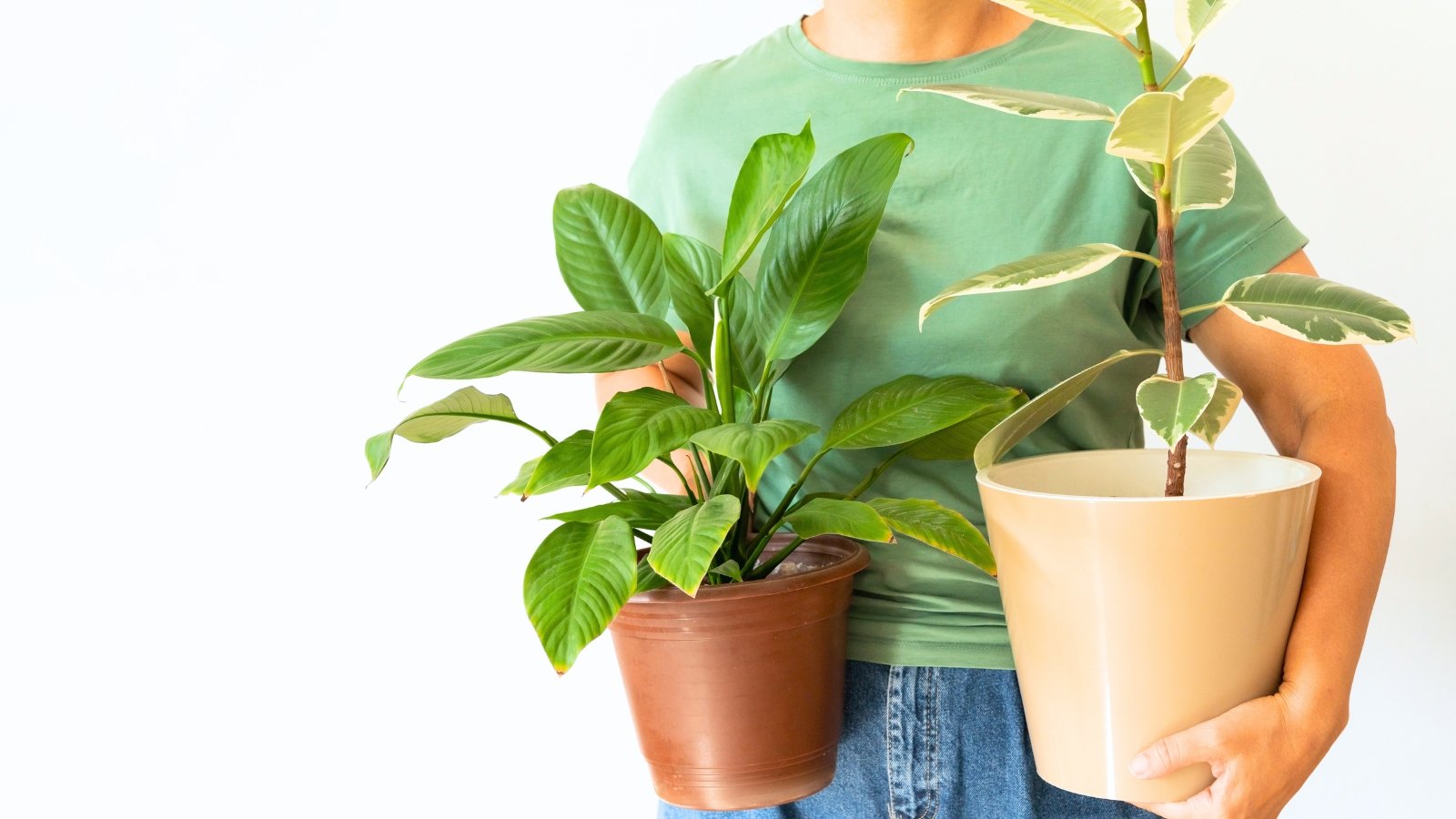
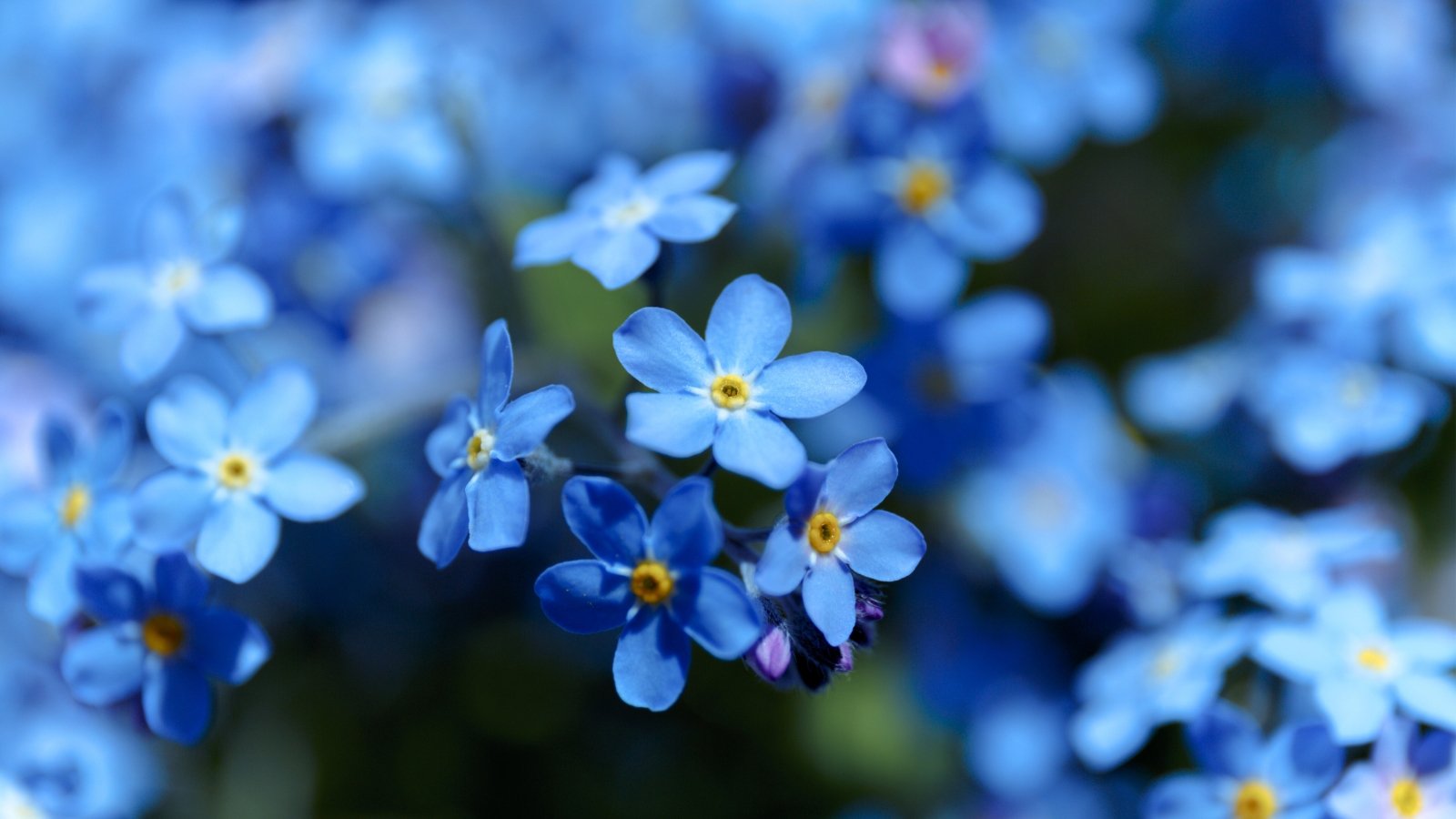
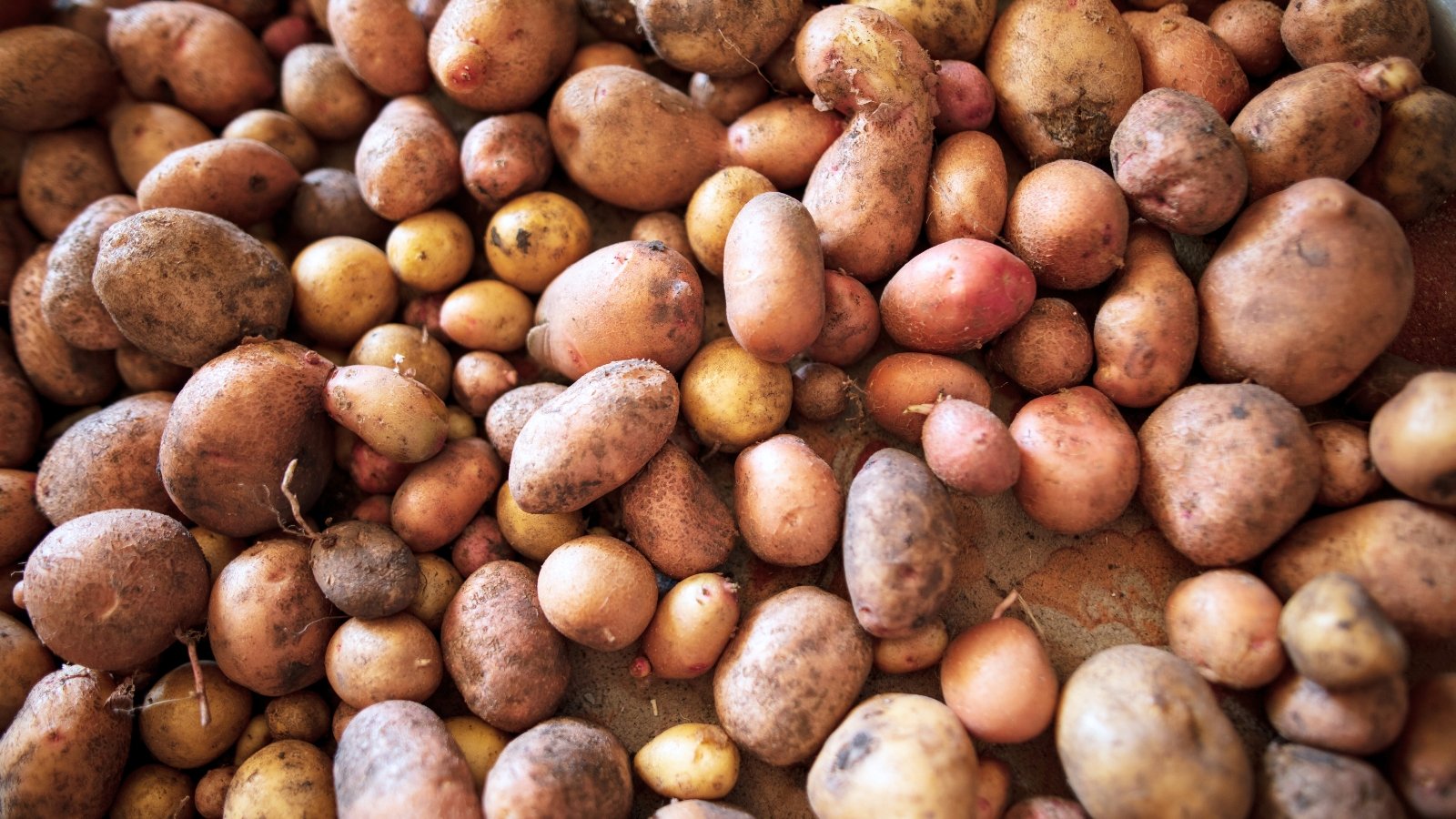
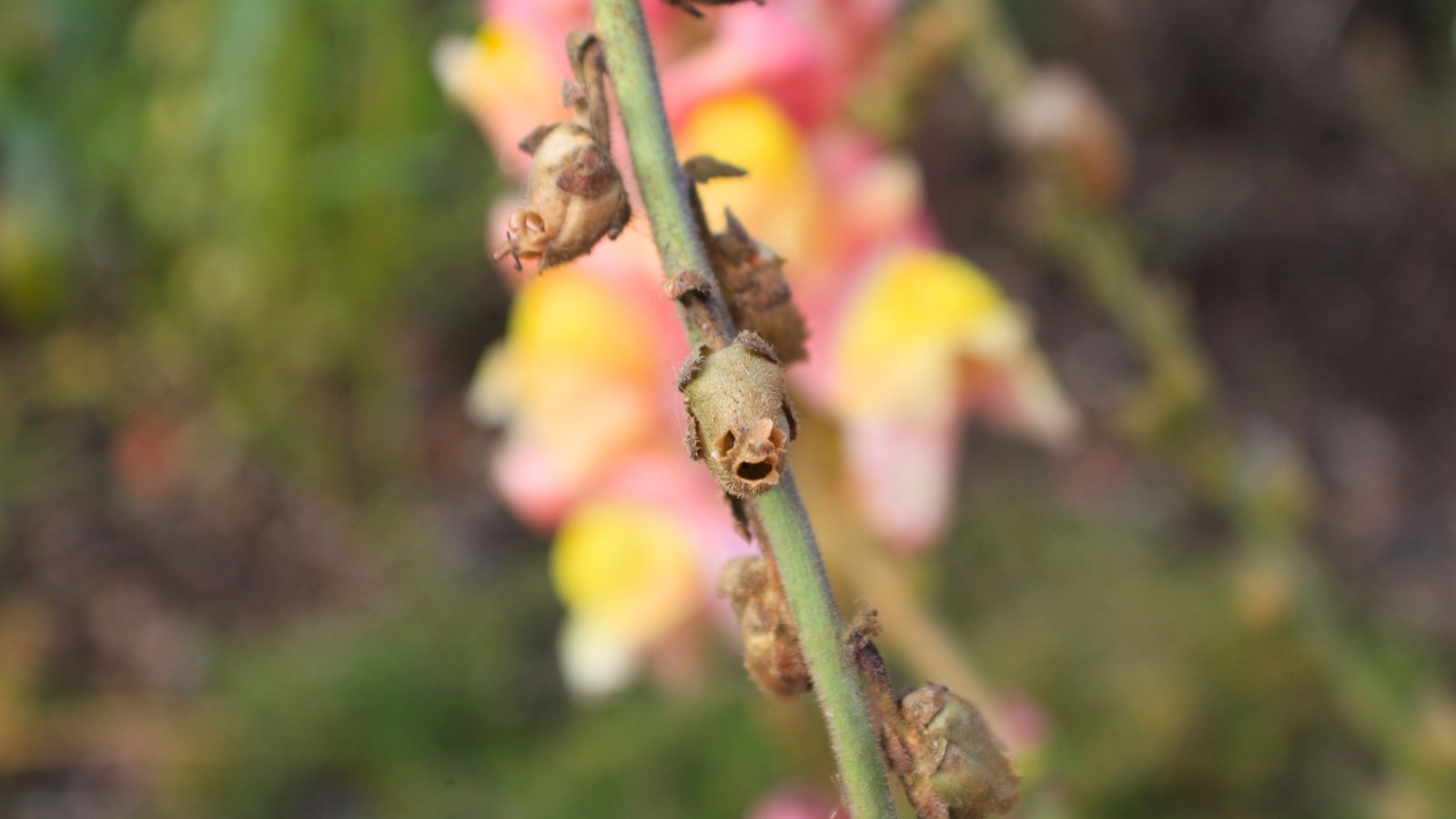
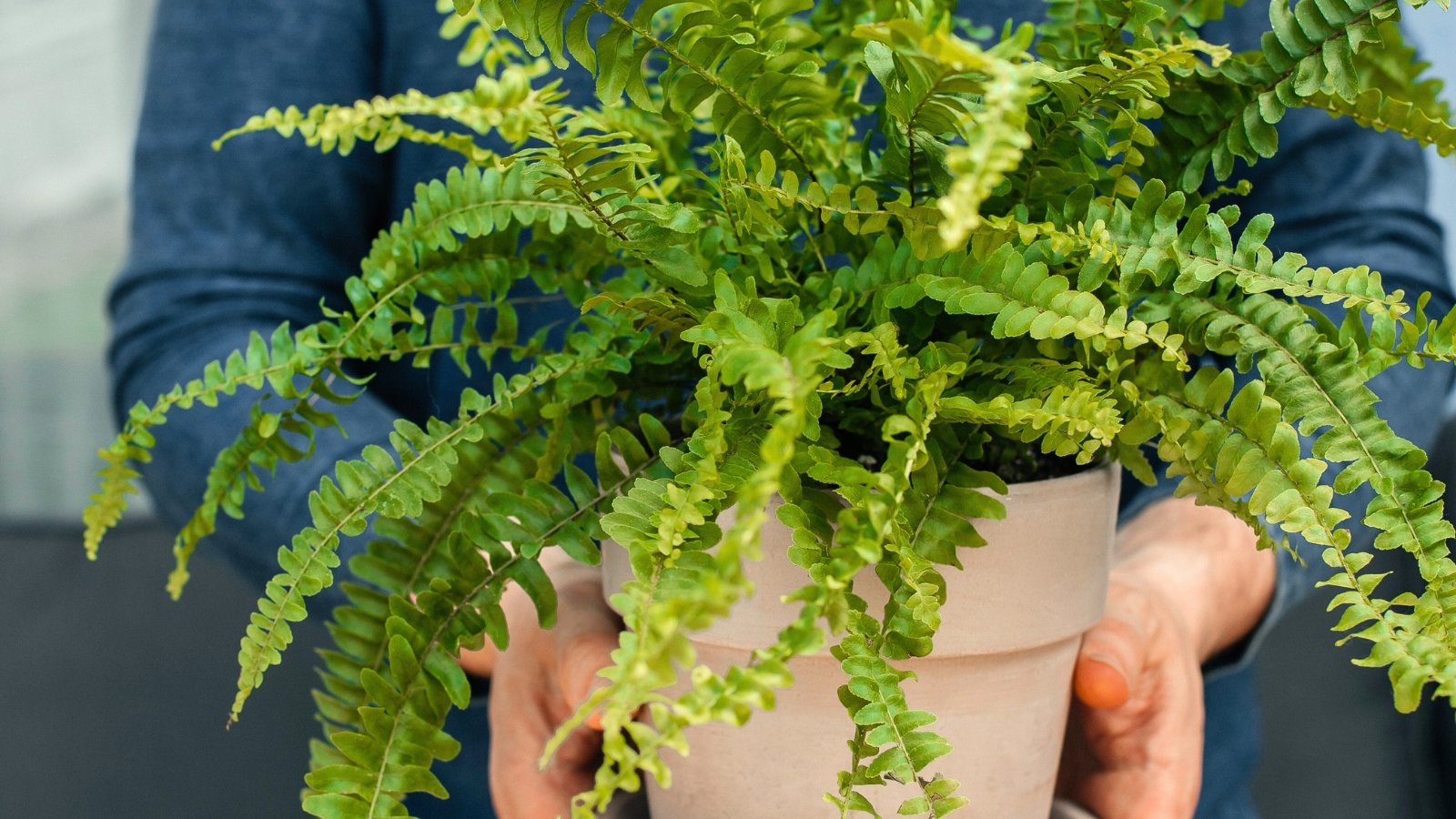
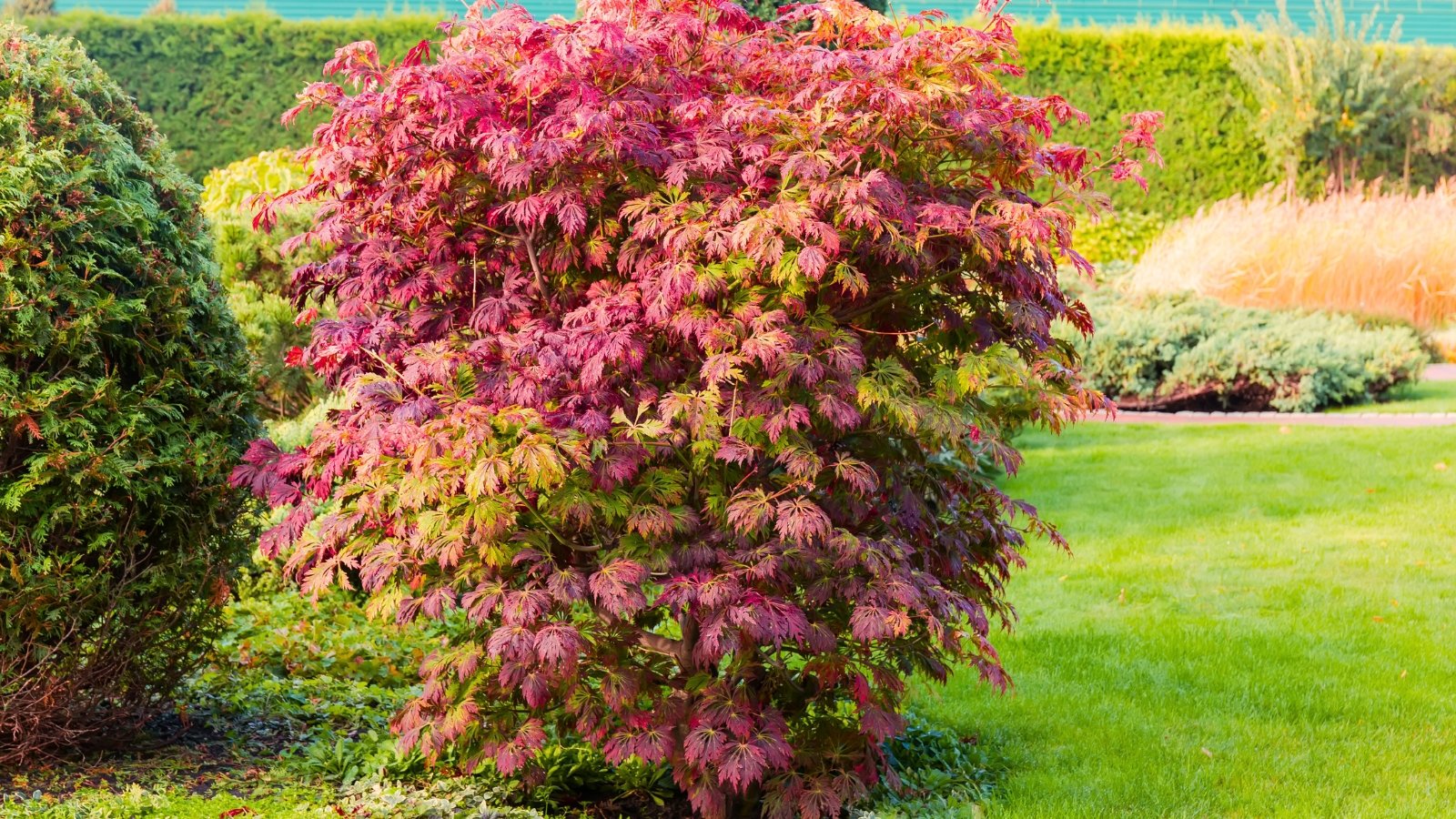














 English (US) ·
English (US) ·  French (CA) ·
French (CA) ·